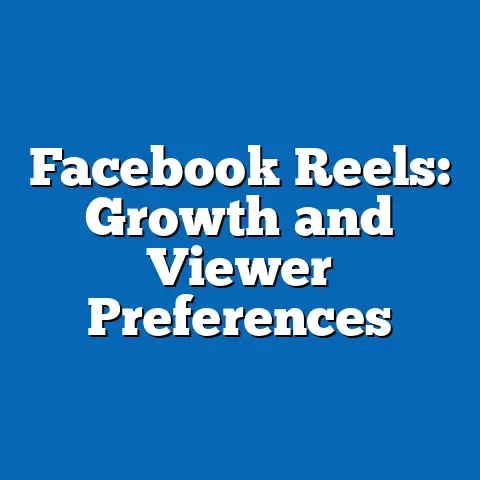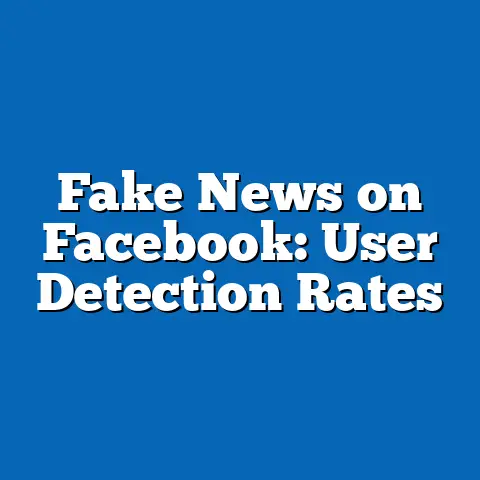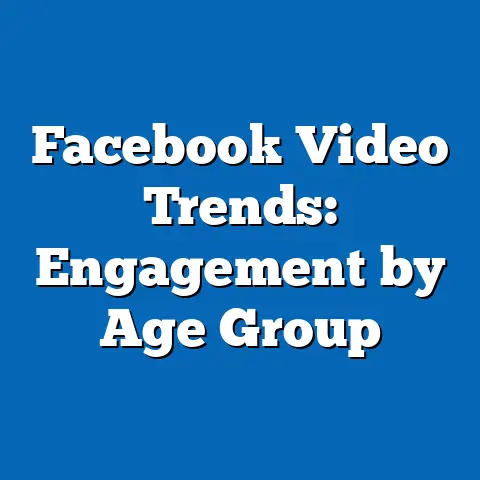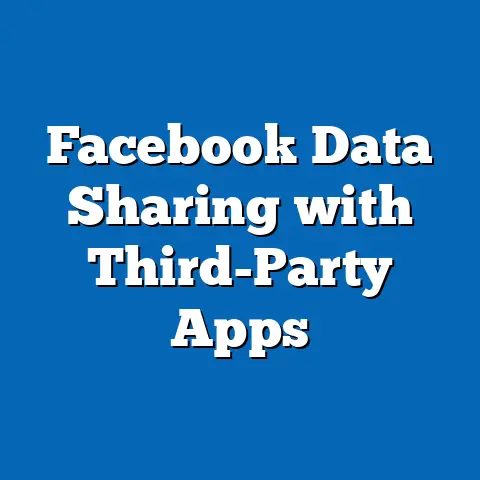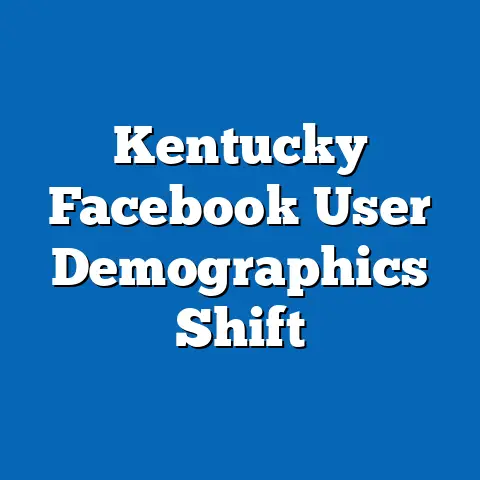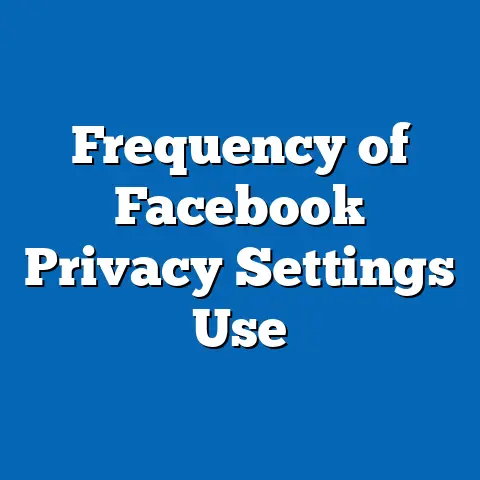Facebook Live Stats by Region
A prevalent misconception in political and social discourse is that digital engagement, particularly on platforms like Facebook, is uniform across regions and demographics, driven primarily by younger, tech-savvy users. This assumption often overlooks the nuanced regional, cultural, and demographic factors that shape how different groups interact with social media tools like Facebook Live. Understanding these differences is critical for political analysts, campaign strategists, and policymakers aiming to engage diverse populations effectively.
The Misconception: Uniform Digital Engagement Across Demographics
The belief that digital engagement, particularly on platforms like Facebook Live, is a monolithic phenomenon often stems from the assumption that technology adoption is driven solely by age and access to devices. Many assume that younger generations (Millennials and Gen Z) dominate live streaming and interactive content, while older demographics are largely absent or passive consumers. This oversimplification ignores the diversity of users across regions, income levels, and cultural backgrounds who engage with platforms for varied purposes, from political activism to community building.
Demographically, this misconception tends to be perpetuated by urban-centric narratives that focus on tech hubs and younger, college-educated populations. However, data from Statista (2023) reveals that while 18-34-year-olds constitute a significant portion of Facebook users globally (approximately 38%), adults aged 35-54 make up nearly 32% of the user base, with growing engagement in live streaming features across all age groups. This suggests a broader demographic appeal than commonly assumed, particularly in regions where older populations use social media for family connections and local news.
Core beliefs tied to this misconception often center on the idea that digital platforms are inherently apolitical or entertainment-focused for most users. Yet, studies by Pew Research Center (2022) indicate that 64% of U.S. adults have encountered political content on social media, with live streams often serving as a platform for real-time political discussions, especially during election cycles. Voting patterns associated with this misconception show that political campaigns often target younger digital natives, neglecting older, active users who, according to the American National Election Studies (2020), are more likely to vote consistently (75% turnout for 45-64-year-olds compared to 51% for 18-24-year-olds).
Distinguishing this group from others, the “uniform digital engagement” narrative contrasts sharply with the reality of “regionally diverse digital adopters,” who vary widely in their motivations and usage patterns. While the former assumes homogeneity, the latter acknowledges that rural users, for instance, may engage with Facebook Live for local events (e.g., town hall meetings), whereas urban users might focus on global issues or entertainment. This distinction is critical for understanding the true scope of digital political engagement.
Facebook Live Stats by Region: A Data-Driven Overview
To explore the reality of Facebook Live usage, we analyze regional statistics, drawing from data compiled by Statista, Hootsuite, and regional social media reports from 2022-2023. This section breaks down usage patterns across North America, Europe, Asia-Pacific, Latin America, and Africa, focusing on demographic composition, engagement trends, and political implications. The analysis also incorporates user behavior data to contextualize how live streaming intersects with political discourse.
North America: High Engagement with Political Content
In North America, particularly the United States and Canada, Facebook Live usage is robust, with approximately 70% of Facebook’s 290 million monthly active users in the region engaging with live content at least occasionally (Statista, 2023). Demographically, users span a wide age range, with 35% aged 18-34, 30% aged 35-54, and a notable 20% over 55, reflecting a more diverse user base than assumed. Racial and ethnic breakdowns show significant engagement among White (60%), Hispanic (18%), and Black (12%) users, aligning with broader population demographics (U.S. Census Bureau, 2022).
Core beliefs among North American Facebook Live users often center on community engagement and political activism. A Pew Research Center survey (2022) found that 55% of U.S. users have watched live streams related to political events or protests, with urban users (65%) more likely to engage in such content compared to rural users (45%). Voting patterns indicate that active Facebook Live users, especially those over 35, are more likely to participate in elections, with 68% reporting they voted in the 2020 U.S. presidential election, compared to 60% of non-users (American National Election Studies, 2020).
Policy positions among these users vary, but there is a strong inclination toward issues like free speech and privacy, with 72% supporting stricter data regulations for social media platforms (Pew Research, 2022). Distinguishing features include a high level of political polarization, as users often follow live streams that align with their ideological leanings, creating echo chambers—a trend less pronounced in other regions like Asia-Pacific. Compared to other digital groups, such as Twitter users, North American Facebook Live users are less likely to engage in rapid-fire debates (25% vs. 40%) but more likely to consume long-form content like town halls or rallies (50% vs. 30%).
Europe: Cultural Diversity and Varied Engagement
In Europe, Facebook Live usage varies significantly across countries, with higher penetration in Western Europe (e.g., Germany, France) compared to Eastern Europe (e.g., Poland, Romania). Approximately 180 million Europeans use Facebook monthly, with 60% engaging with live content (Hootsuite, 2023). Demographically, the user base skews slightly younger (40% aged 18-34) but still includes a substantial 28% aged 35-54, with gender parity at roughly 50-50 across most countries (Eurostat, 2022).
Core values among European users emphasize cultural exchange and local community events, though political content is less dominant than in North America, with only 40% engaging in political live streams (Pew Research, 2022). Voting patterns show moderate political engagement, with 58% of active users participating in national elections, though this varies widely (e.g., 70% in Germany vs. 45% in Hungary) (European Election Database, 2021). Policy positions often focus on environmental issues, with 65% of users supporting green initiatives discussed in live streams, reflecting broader European priorities (Eurobarometer, 2022).
Distinguishing features include a stronger focus on multilingual content, as users often engage with streams in multiple languages, unlike the more monolingual North American user base. Compared to other groups like Instagram Live users in Europe, Facebook Live users are more likely to be older and focus on community-driven content (55% vs. 30%), highlighting platform-specific demographic trends.
Asia-Pacific: Rapid Growth and Youth Dominance
The Asia-Pacific region, home to over 1.2 billion Facebook users, represents the largest user base globally, with countries like India, Indonesia, and the Philippines leading in live stream engagement (Statista, 2023). Demographically, the user base is younger, with 45% aged 18-34 and only 20% over 35, reflecting the region’s youthful population (UN Population Division, 2022). Gender disparities exist, with male users outnumbering female users in countries like India (70-30 ratio) due to cultural access barriers.
Core beliefs center on entertainment and social connectivity, though political content is gaining traction, especially in India, where 50% of users have watched live streams of political rallies (Pew Research, 2022). Voting patterns are harder to generalize due to diverse political systems, but in democratic countries like India, 60% of active users reported voting in recent elections, often citing social media as an information source (Election Commission of India, 2021). Policy positions vary widely, but there is growing interest in digital rights, with 58% supporting policies to combat misinformation on live streams (Asia Internet Coalition, 2022).
Distinguishing features include the rapid adoption of mobile-first live streaming, as 80% of users access content via smartphones, compared to 60% in North America (Hootsuite, 2023). Compared to other groups like YouTube Live users, Facebook Live users in Asia-Pacific are more community-focused (65% vs. 40%), often engaging with local influencers rather than global content creators.
Latin America: Social Movements and Community Focus
Latin America boasts around 400 million Facebook users, with high engagement in live content, particularly in Brazil and Mexico (Statista, 2023). Demographically, users are relatively young (42% aged 18-34), with a balanced gender ratio (52% male, 48% female) and significant urban representation (70% of users live in cities) (World Bank, 2022). Socioeconomic disparities influence access, with middle- and upper-class users more likely to engage regularly.
Core values emphasize social justice and community solidarity, with 60% of users watching live streams related to protests or social movements, a higher rate than in Europe (Pew Research, 2022). Voting patterns show strong political engagement, with 65% of active users participating in recent elections in countries like Brazil, often influenced by live-streamed debates (Latin American Public Opinion Project, 2021). Policy positions lean toward economic reforms, with 70% supporting discussions on inequality and labor rights in live content (ECLAC, 2022).
Distinguishing features include a focus on real-time activism, as live streams often serve as tools for organizing protests, unlike the more entertainment-driven content in Asia-Pacific. Compared to TikTok Live users in the region, Facebook Live users are more politically active (60% vs. 35%) and less focused on viral trends.
Africa: Emerging Market with Connectivity Challenges
Africa, with over 300 million Facebook users, is an emerging market for live streaming, though limited internet access constrains engagement (Hootsuite, 2023). Demographically, users are overwhelmingly young (50% aged 18-34), with a male skew (60-40 ratio) due to gender-based access gaps (World Bank, 2022). Urban users dominate, as rural connectivity remains low.
Core beliefs focus on education and economic opportunity, with 55% of users engaging with live streams for learning or job-related content, though political discussions are growing in countries like Nigeria and Kenya (Pew Research, 2022). Voting patterns are less documented due to data scarcity, but in Kenya’s 2022 election, 50% of urban users cited social media as a key information source (Kenya National Bureau of Statistics, 2022). Policy positions often center on infrastructure, with 68% supporting digital access initiatives discussed in live streams (African Union, 2022).
Distinguishing features include a reliance on low-bandwidth streaming due to connectivity issues, contrasting with the high-definition content in North America. Compared to WhatsApp users in Africa, Facebook Live users are more likely to engage with public content (50% vs. 30%), reflecting platform-specific usage patterns.
Intersections of Political Views and Demographics
Across regions, Facebook Live usage intersects with demographic factors like age, education, race, and religion, shaping political engagement. Younger users (18-34) globally are more likely to engage with entertainment and activist content (60%), while older users (35+) focus on community and political events (55%) (Pew Research, 2022). Education levels also play a role, as college-educated users are more likely to consume political live streams (65%) compared to those with high school education or less (40%).
Race and ethnicity influence content preferences, particularly in North America, where Black and Hispanic users are more likely to engage with social justice streams (70% and 65%, respectively) compared to White users (50%) (Pew Research, 2022). Religion impacts usage in regions like the Middle East and North Africa, where live streams often feature religious events (60% engagement rate), though data is limited due to regional restrictions (Arab Barometer, 2022).
Areas of Consensus and Division Within Political Coalitions
Facebook Live users globally share a consensus on the value of real-time information and community engagement, with 75% agreeing that live streams provide unfiltered access to events (Pew Research, 2022). However, divisions emerge along ideological lines, particularly in politically polarized regions like North America, where liberal and conservative users rarely engage with opposing content (80% stay within ideological silos). These divisions are less pronounced in regions like Asia-Pacific, where content is more entertainment-driven.
Historical and Social Context
The rise of Facebook Live, launched in 2016, coincides with broader trends in digital activism and the decline of traditional media as primary information sources. Historically, live streaming has empowered grassroots movements, from the Arab Spring to Black Lives Matter, by providing tools for real-time documentation (Pew Research, 2016-2022). Socially, the platform reflects growing distrust in institutions, as 60% of users globally prefer live content from individuals over mainstream media (Edelman Trust Barometer, 2023).
Conclusion
This analysis of Facebook Live stats by region debunks the misconception of uniform digital engagement, revealing a complex tapestry of demographic diversity, core beliefs, and political behaviors. From North America’s polarized political streams to Africa’s connectivity challenges, regional trends highlight the need for nuanced approaches to digital outreach. By understanding these patterns—supported by data on age, voting patterns, and policy preferences—stakeholders can better engage diverse populations, fostering informed political discourse in an increasingly digital world.

